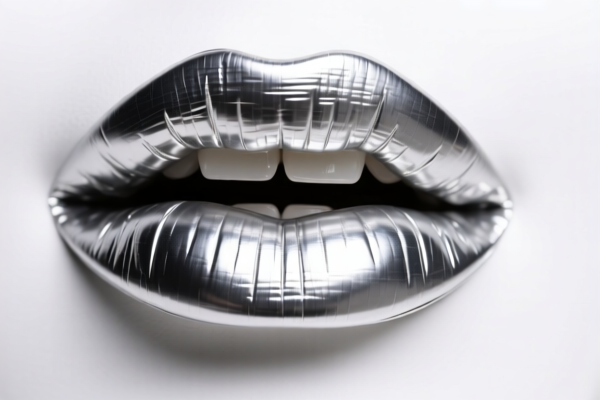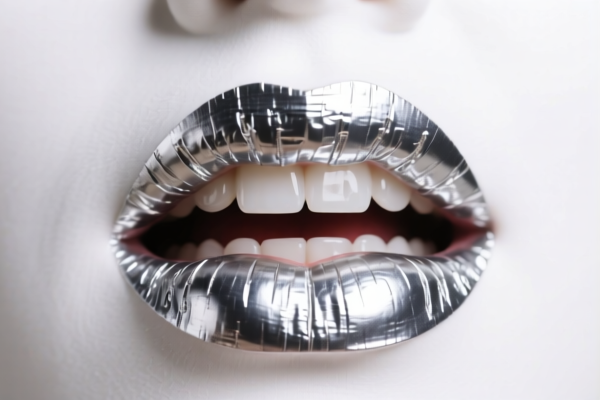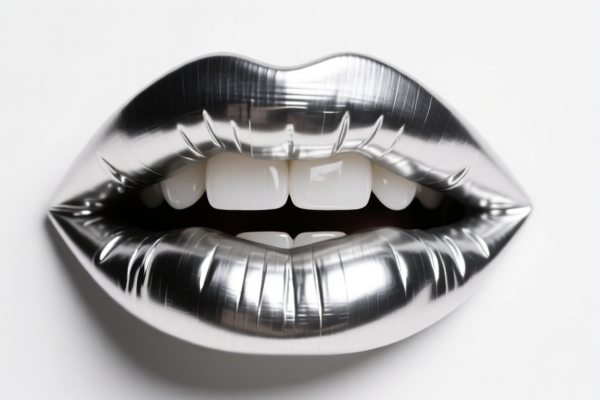| HS Code | Official Doc | Tariff Rate | Origin | Destination | Effective Date |
|---|---|---|---|---|---|
| 6506103075 | Doc | 37.5% | CN | US | 2025-05-12 |
| 6506106075 | Doc | 37.5% | CN | US | 2025-05-12 |
| 6507000000 | Doc | 55.0% | CN | US | 2025-05-12 |
| 3924905650 | Doc | 40.9% | CN | US | 2025-05-12 |
| 3924900500 | Doc | 40.6% | CN | US | 2025-05-12 |




Mouth Guard
A mouth guard (also known as a mouth protector) is a protective appliance worn over the teeth, and is commonly used to prevent or reduce injury to the teeth, lips, tongue, and gums during participation in contact sports. They are also used by individuals with bruxism (teeth grinding) to prevent damage to teeth and jaw joints.
Material
Mouth guards are typically made from one of the following materials:
- Polyvinyl Chloride (PVC): A less expensive option, often found in "boil-and-bite" models. Offers adequate protection for low-impact activities.
- Polyethylene: Similar to PVC in terms of cost and protection level.
- Ethylene Vinyl Acetate (EVA): A more durable and comfortable material than PVC or polyethylene. Often used in custom-fitted guards.
- Thermoplastic Polyurethane (TPU): Provides superior impact absorption and is often used in high-end, custom-fitted guards. Offers greater comfort and durability.
- Laminate: Custom-made guards can be constructed with multiple layers of different materials for optimized protection and comfort.
Purpose
- Impact Absorption: The primary purpose is to absorb and distribute the force of impact, reducing the risk of concussion, jaw fractures, and other dental injuries.
- Tooth Protection: Shields teeth from chipping, fracturing, or being knocked loose.
- Soft Tissue Protection: Protects the lips, tongue, cheeks, and gums from cuts and abrasions.
- Bruxism Management: Acts as a barrier between the upper and lower teeth, preventing wear and tear caused by grinding or clenching.
- Stabilization: In some cases, mouth guards can help stabilize the jaw joint, reducing the risk of TMJ (temporomandibular joint) disorders.
Function
Mouth guards function by creating a protective layer between the teeth and any external force. The material absorbs and disperses the energy of the impact, minimizing damage. For bruxism, the guard prevents direct contact between the teeth, alleviating pressure and reducing wear.
Usage Scenarios
- Contact Sports: Football, boxing, hockey, basketball, lacrosse, martial arts, wrestling, skateboarding, and snowboarding are common sports where mouth guards are recommended or required.
- Non-Contact Sports: While less common, mouth guards can be beneficial in sports with a risk of falls or collisions, such as volleyball or gymnastics.
- Nighttime Bruxism: Individuals who grind their teeth during sleep wear mouth guards to protect their teeth and jaw.
- Orthodontic Treatment: Patients undergoing orthodontic treatment may wear mouth guards to protect their braces and teeth during sports or to manage bruxism.
Common Types
- Stock Mouth Guards: Pre-formed, ready-to-wear mouth guards. They are the least expensive option but offer the least amount of protection and customization. Often require trimming for proper fit.
- Boil-and-Bite Mouth Guards: Made from a thermoplastic material that softens when heated in hot water, allowing the wearer to mold it to their teeth. Offer a better fit than stock guards.
- Custom-Fitted Mouth Guards: Made by a dentist by taking an impression of the wearer’s teeth. Provide the best fit, comfort, and protection. They are the most expensive option.
- Upper Mouth Guards: The most common type, protecting the upper teeth.
- Lower Mouth Guards: Less common, but can be used in specific situations.
- Double-Layer Mouth Guards: Provide extra protection and cushioning.
Based on the provided information, the following HS codes may be relevant to “mouth guard”:
- 3924905650: This HS code falls under Chapter 39, which covers “Tableware, kitchenware, other household articles and hygienic or toilet articles, of plastics”. Specifically, it covers “Other” within this category. This could potentially include mouth guards made of plastic, as they are considered hygienic articles. The applicable tax rate is a base tariff of 3.4%, a surcharge of 7.5%, and a surcharge of 30% after April 2, 2025, resulting in a total tax rate of 40.9%.
- 3924900500: Also within Chapter 39, this HS code covers “Other”, specifically “Nursing nipples and finger cots”. While not a direct match, a mouth guard could be considered a similar type of oral hygiene article. The applicable tax rate is a base tariff of 3.1%, a surcharge of 7.5%, and a surcharge of 30% after April 2, 2025, resulting in a total tax rate of 40.6%.
According to the provided reference material, the HS code options related to 'mouth guard' are limited, with only the following 2 found.
It is important to note that the final HS code classification will depend on the specific material composition and intended use of the mouth guard. For HS code 3924905650 and 3924900500, please verify the material composition and may require relevant certification.
Customer Reviews
No reviews yet.